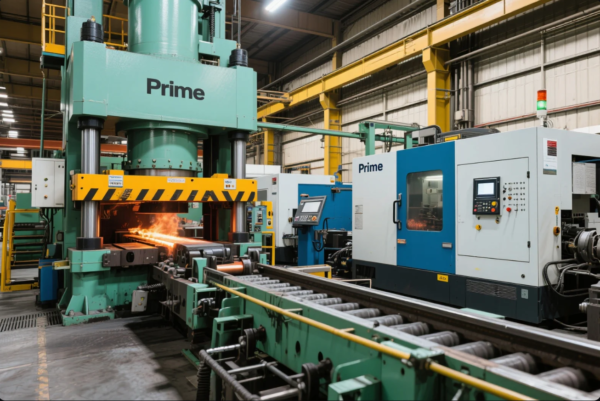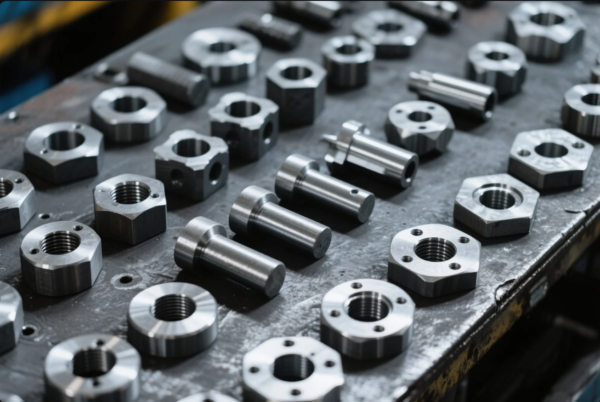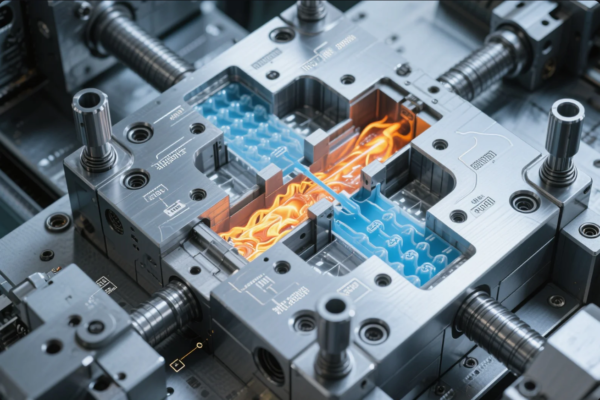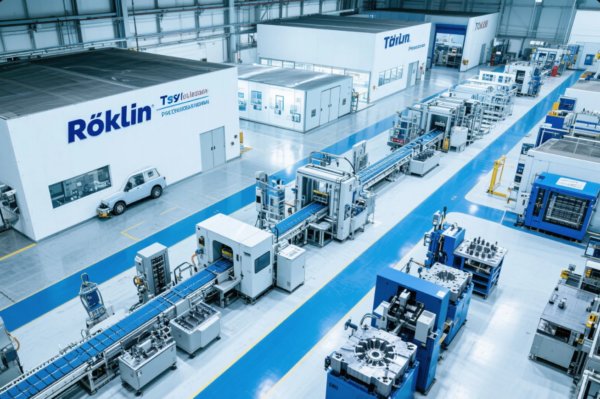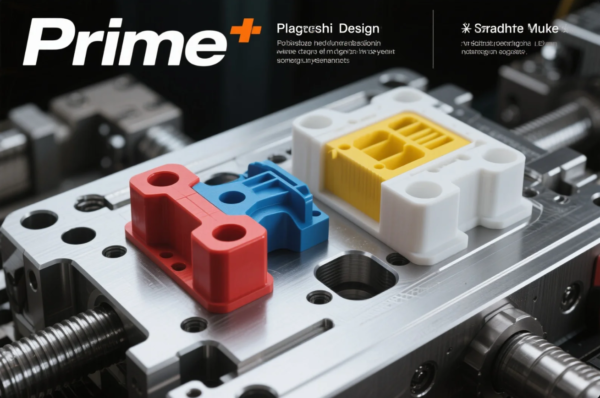What Types of Sand Are Used in Metal Casting?
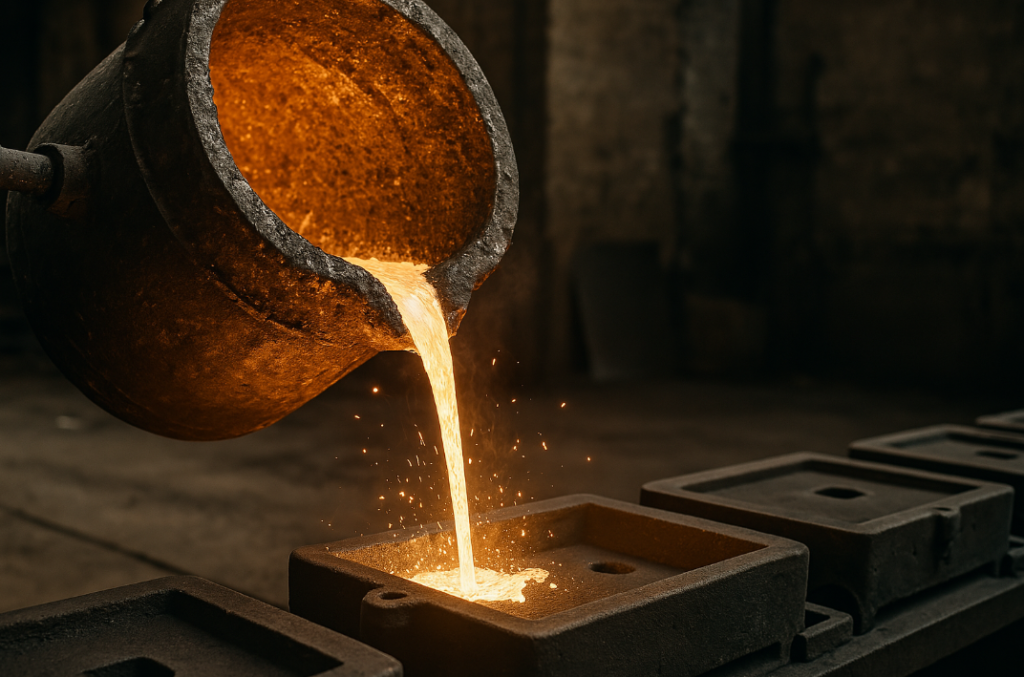
After three decades in metal casting, we've tested hundreds of sand formulations - the right mix makes all the difference between success and scrapped parts.
Foundries primarily use silica sand (90-98% SiO2), chromite sand (for heat resistance), zircon sand (for precision), and olivine sand (for steel) - each offering distinct advantages in heat transfer, surface finish, and cost efficiency for different metal alloys.
Let's examine the science behind casting sand selection - every grain matters.
Why Is Silica Sand the Most Common Casting Material?
Silica sand dominates foundries worldwide because of its ideal blend of properties.
Standard foundry sand contains 85-95% silica (SiO2) with 5-15% bentonite clay binder and 2-5% moisture - forming durable molds at costs around $50-150/ton, though requiring proper silicosis protection for workers handling dry sand.
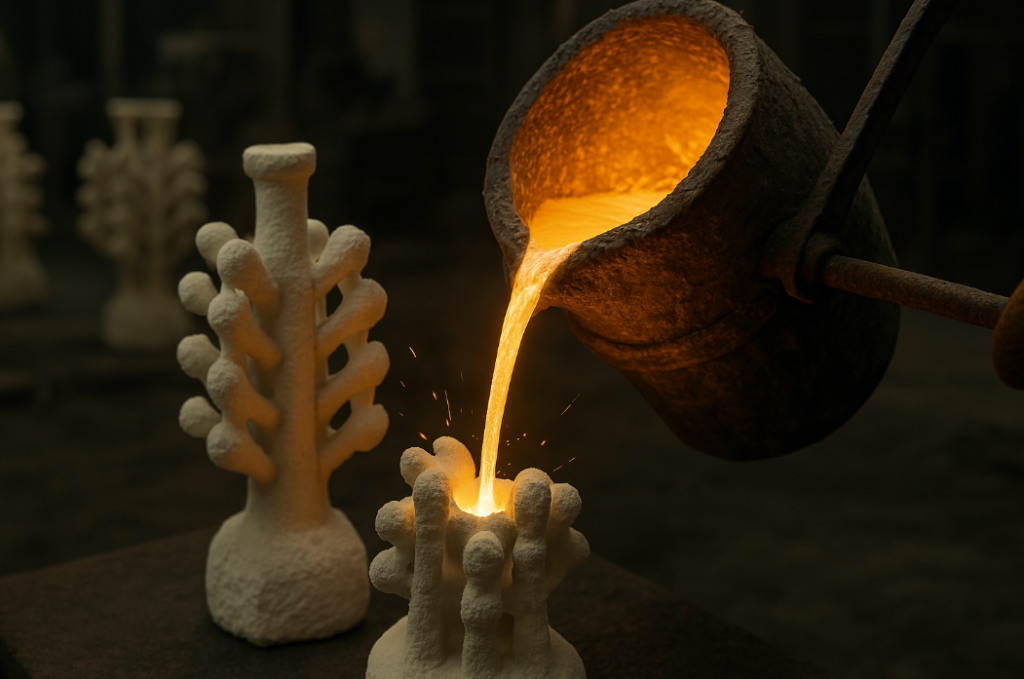
Silica Sand Properties by Grade
| Sand Grade | AFS Grain Fineness | Typical Use | Cost/Ton |
|---|---|---|---|
| Coarse | 40-60 | Large steel castings | $60 |
| Medium | 70-100 | General purpose | $75 |
| Fine | 110-140 | Aluminum castings | $90 |
| Extra Fine | 150+ | Jewelry casting | $120 |
Chemical Composition Analysis
| Component | Minimum % | Maximum % | Effect |
|---|---|---|---|
| SiO₂ | 90 | 99.5 | Refractoriness |
| Al₂O₃ | 0.2 | 4 | Sintering aid |
| Fe₂O₃ | <0.5 | 1.5 | Color impact |
| LOI | 0.1 | 0.5 | Volatiles |
Performance Factors
- Thermal conductivity: 0.27 W/m·K
- Expansion rate: 1.8% at 600°C
- Reuse cycles: 5-15 times before replacement
- Working temperature: Up to 1450°C
When Should You Use Non-Silica Casting Sands?
Specialized sands solve problems silica can't handle.
Chromite (FeCr₂O₄) and zircon (ZrSiO₄) sands provide better heat resistance (up to 1800°C) and dimensional stability for critical aerospace/military castings - costing 5-30x more than silica but enabling tighter tolerances and superior surface finish.

Specialty Sands Properties Comparison
| Property | Silica | Olivine | Chromite | Zircon |
|---|---|---|---|---|
| Melting Point (°C) | 1713 | 1890 | 2050 | 2550 |
| Density (g/cm³) | 2.65 | 3.2 | 4.5 | 4.6 |
| Thermal Conductivity | Low | Medium | High | Very High |
| Cost Factor | 1x | 3x | 8x | 15x |
Industrial Applications
| Sand Type | Best For | Reason |
|---|---|---|
| Chromite | Steel gating systems | High thermal shock resistance |
| Zircon | Investment casting shells | Low thermal expansion |
| Olivine | Manganese steel | No silica reaction |
| Cerabeads | Aluminum casting | Excellent shakeout |
Health & Safety Considerations
- Silica: Requires OSHA dust control
- Chromite: Hexavalent chromium risks
- Zircon: Natural radioactivity concerns
- Olivine: Safest alternative
How Do Binder Systems Affect Sand Performance?
The glue holding your mold together matters as much as the sand itself.
Modern foundries use three binder systems: 1) Clay-bonded (bentonite/water) 2) Chemically-bonded (furan/phenolic resins) 3) Oil-bonded (linseed/synthetic oils) - with strength ranging from 0.1-10MPa depending on curing method and additives.
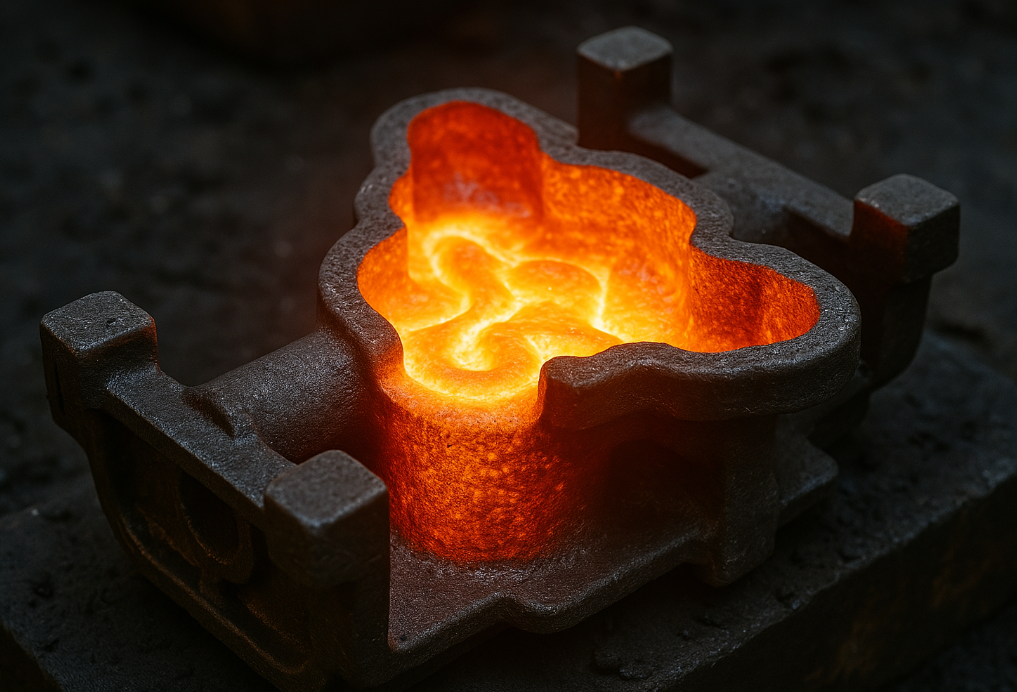
Binder System Characteristics
| Binder Type | Compressive Strength | Cure Time | Cost/kg | Best For |
|---|---|---|---|---|
| Green Sand (Bentonite) | 0.1-0.3MPa | Instant | $0.50 | High volume production |
| Furan Resin | 0.8-1.2MPa | 5-60min | $2.50 | Complex cores |
| Phenolic Urethane | 1.5-3.0MPa | 1-5min | $3.00 | Automotive parts |
| Sodium Silicate | 1.0-10MPa | <1min | $1.20 | Large molds |
Additive Functions
| Additive | Purpose | Typical % | Effect |
|---|---|---|---|
| Sea Coal | Surface finish | 3-8% | Reduces burn-on |
| Cereal | Green strength | 0.5-2% | Improves handling |
| Iron Oxide | Hardening | 1-3% | Reduces veining |
| Dextrin | Collapsibility | 0.5-1.5% | Easier shakeout |
Quality Control Tests
- Permeability: 80-140 for iron castings
- Mold hardness: 70-90 (B scale)
- Compactability: 35-45%
What's the Science Behind Sand Reclamation?
Reusing foundry sand reduces costs by 30-60%.
Mechanical reclamation systems can restore 70-90% of used sand through: 1) Crushing lumps 2) Removing metal debris 3) Cooling hot sand 4) Classifying grain sizes - though each cycle reduces clay effectiveness by 10-15%, requiring binder replenishment.

Reclamation Process Metrics
| Stage | Equipment | Energy Use | Throughput |
|---|---|---|---|
| Shakeout | Vibratory grids | 3-5kWh/ton | 20-50 ton/hr |
| Crushing | Impact mills | 8-12kWh/ton | 10-30 ton/hr |
| Dust Removal | Cyclones/baghouses | 4-6kWh/ton | 15-40 ton/hr |
| Cooling | Fluidized beds | 15-20kWh/ton | 5-15 ton/hr |
Reuse Performance Data
| Recycling Pass | Clay Activity | Bentonite Addition % | Loss Due to Dust |
|---|---|---|---|
| New Sand | 100% | Baseline | 0% |
| 1st Reuse | 85-90% | +10-15% | 2-5% |
| 5th Reuse | 60-70% | +30-40% | 15-20% |
| 10th Reuse | 40-50% | +50-70% | 25-35% |
Environmental Considerations
- Landfill costs: $50-150/ton
- Heavy metal leaching potential
- Carbon footprint reduction
Conclusion
From economical silica to high-performance zircon sands, modern foundries select sand systems based on metal type, part complexity, and quality requirements - while balancing cost, environmental impact, and worker safety considerations.

